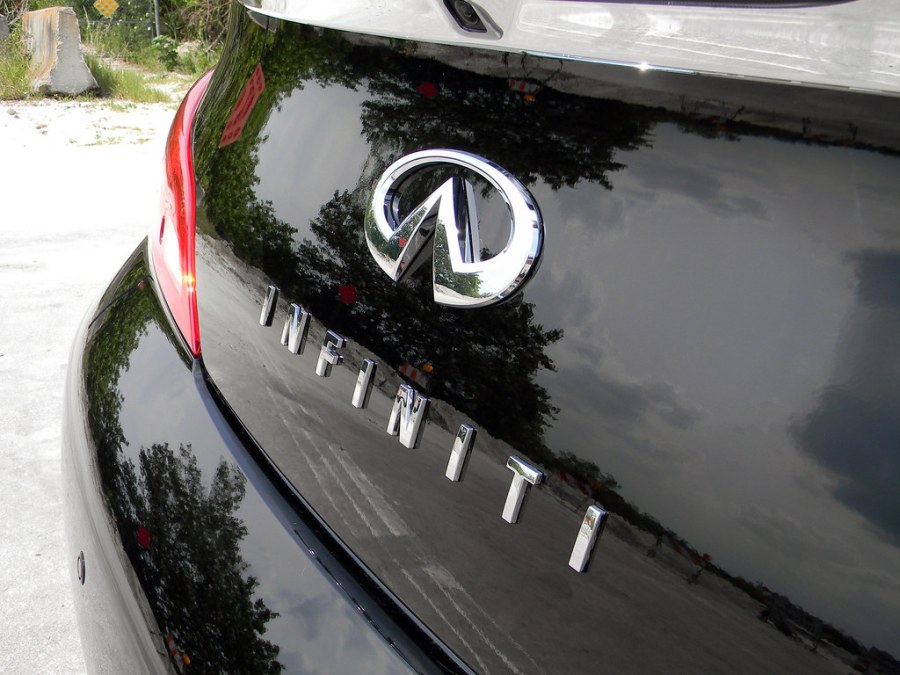
doi:10.1021/bk-1990-0417.ch006Īnderson JM, Shive MS (2012) Biodegradation and biocompatibility of PLA and PLGA microspheres.

In: Radiation curing of polymeric materials. doi:10.1016/0927-7757(94)03028-XĪllen NS, Catalina F, Mateo JL et al (1990) Photochemistry and photopolymerization activity of water-soluble benzophenone initiators. Colloids Surf A Physicochem Eng Asp 96:1–46. This process is experimental and the keywords may be updated as the learning algorithm improves.Īlexandridis P, Alan Hatton T (1995) Poly(ethylene oxide)poly(propylene oxide)poly(ethylene oxide) block copolymer surfactants in aqueous solutions and at interfaces: thermodynamics, structure, dynamics, and modeling. These keywords were added by machine and not by the authors. The present chapter aims to provide an overview of commonly applied photoinitiators as well as photopolymerizable natural and synthetic polymers which are frequently used for cell encapsulation purposes. Hydrogels are promising materials due to their capability to absorb large amounts of water and biological fluids without dissolving, their ability to become photopolymerized in the presence of cells, and their close resemblance to the extracellular matrix of native tissue. However, radical photoinitiators are the only species suitable for hydrogel formation since ionic photopolymerization inevitably leads to termination of the reactive species as a result of the presence of water.

Photopolymerization can be subdivided into three modes, including radical, cationic, and anionic photopolymerization, according to the reactive species which are formed during initiation and propagation. Photopolymerization of hydrogels in the presence of cells is a frequently applied technique to realize tissue engineering and regeneration due to the fact that the reaction can take place under cell-friendly physiological conditions.


 0 kommentar(er)
0 kommentar(er)
